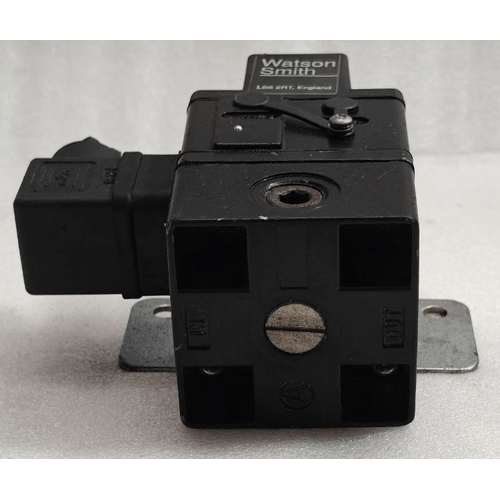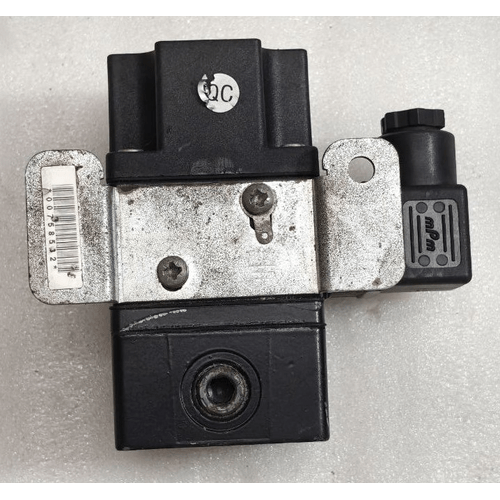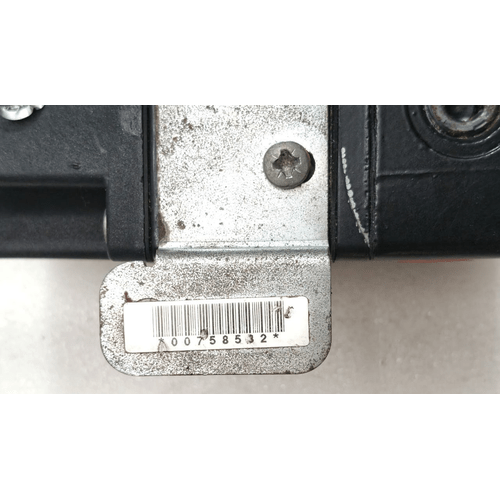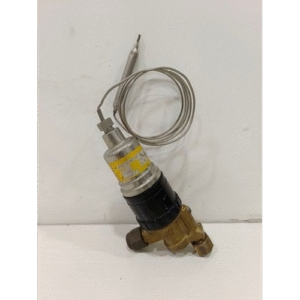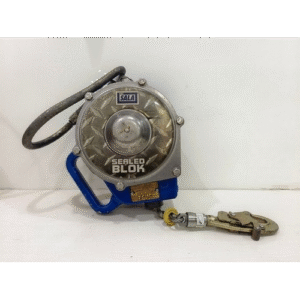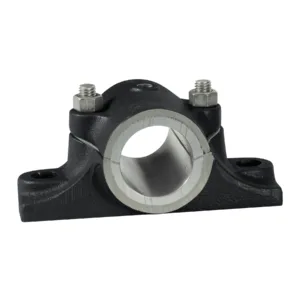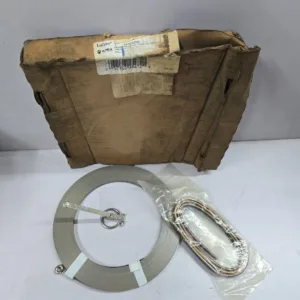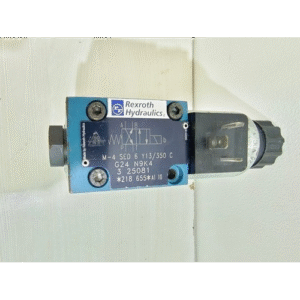- AUTOMATION EQUIPMENT
- BURNER CONTROL
- CAPACITOR
- CARD ENCODERS & READERS
- CONTROL VALVE
- CONTROLLER
- CONTROLS
- CONVERTER
- DRAIN CLEANING MACHINES & TOOLS
- ELECTRIC EQUIPMENT
- ELECTRICAL ITEMS
- FLOW METERS
- GAS DETECTORS & MONITORS
- GENERAL PURPOSE AC DRIVE
- GRAPHOMETER
- HVAC & REFRIGERATION PRESSURE SWITCHES
- HYDRAULIC PRESS
- INK RIBBONS
- LEAK DETECOTR
- LIMIT SWITCH
- METER
- OTHER AIR COMPRESSORS
- PANEL METERS
- POWER MODULE
- SAFTY EQUIPMENT
- SERVO DRIVES & AMPLIFIERS
- TACHOMETER
- TEMPERATURE COMPENSATING
- UNCATEGORIZED
WATSON SMITH LS6 2RT PNEUMATIC PRESSURE REGULATOR 402100R CONVERTER TYPE 100X 12:40
$99.00
| Product Conditioned | USED |
|---|
The Watson Smith LS6 2RT Type 100X is a precision I/P (Current-to-Pressure) converter. It is a fundamental component in process automation, acting as a translator that takes a 4-20 mA electrical command from a controller and converts it into a precise, proportional air pressure to operate pneumatic equipment.
Free Shipping apply to all orders over $199
Guaranteed Money Back in 30 days return.
24/7 Customer Support
Share:
Hotline Order:
(+101) 5620 - 8155
Email ID:
xstore@support.com
1. Product Name & Model:
-
Manufacturer: Watson Smith (A renowned British manufacturer of highly reliable pneumatic and process control instrumentation, now part of the IMI Precision Engineering group).
-
Product Line/Model: LS6 2RT
-
Function: Pneumatic Pressure Regulator and Converter (Specifically, an I/P (Current-to-Pressure) Converter).
-
Sub-type / Variant: Type 100X
-
Part Number: 402100R (This is likely a specific part or kit number for this variant).
2. Key Features & Functionality:
-
Core Purpose: This device is an I/P Converter (Current-to-Pressure). It converts a standard electrical control signal into a precise pneumatic output pressure.
-
Input (I): It receives an analog current signal, typically 4-20 mA, from a process controller, PLC, or control system.
-
Output (P): It provides a regulated pneumatic output pressure that is directly proportional to the input current signal. A common output range is 3-15 psi (or 0.2-1.0 bar), which is the standard signal for pneumatic actuators.
-
-
“Pneumatic Pressure Regulator”: This name refers to its function of very accurately regulating its output air pressure based on the electrical command signal.
-
Design: The LS6 series is known for its robust, industrial-grade design. The “2RT” likely specifies the port sizes (e.g., 1/4″ BSP) and the specific output range.
-
Type 100X: This designation differentiates it from other models in the LS6 line, likely indicating specific internal components, performance specifications, or materials.
3. Technical Specifications (Inferred from Standard LS6 Models):
-
Supply Pressure: Requires a clean, dry air supply at a pressure higher than the desired output (e.g., 20-30 psi / 1.4-2.0 bar supply for a 3-15 psi output).
-
Input Signal: 4-20 mA DC (standard for process control).
-
Output Pressure: Likely a standard range like 3-15 psi or 0.2-1.0 bar.
-
Accuracy: Watson Smith regulators are known for high accuracy and reliability.
-
Construction: Typically made from brass or stainless steel for corrosion resistance in industrial environments.
4. Intended Use & Context:
This is a critical component in automated industrial control systems, used to interface between electronic control systems and pneumatic actuators. Common applications include:
-
Controlling the position of pneumatic valve actuators in process plants (chemical, oil & gas, power generation, water treatment).
-
Operating pneumatic diaphragms, cylinders, and other devices based on an electrical signal.
-
Used wherever a computer or PLC needs to precisely control a pneumatic process.
We're here when you need us
Get a Quick Quote
Complete our online form.
Call US
Speak to one of our team.
Live Chat
Send us a message
Speak to one of our team.






